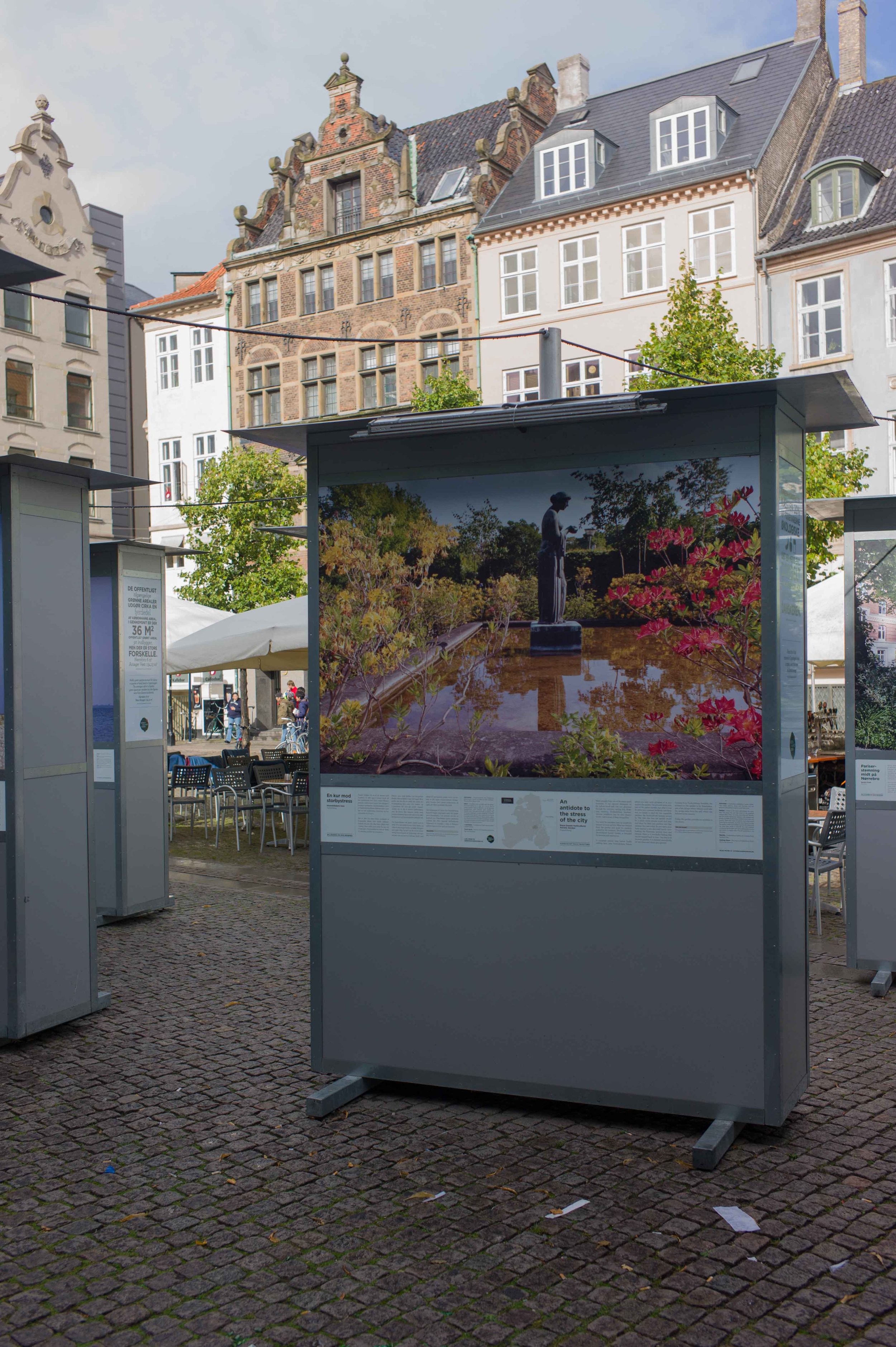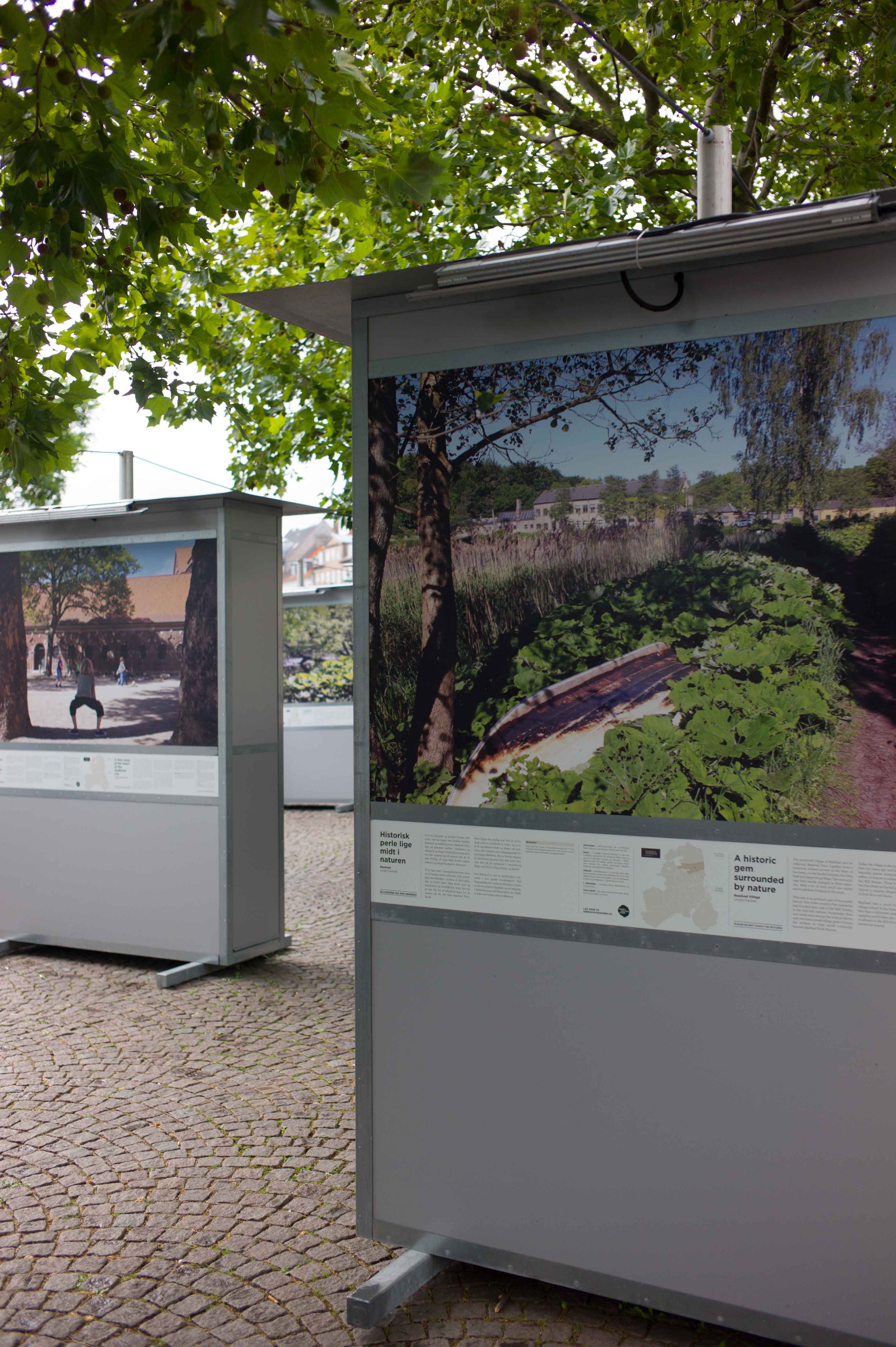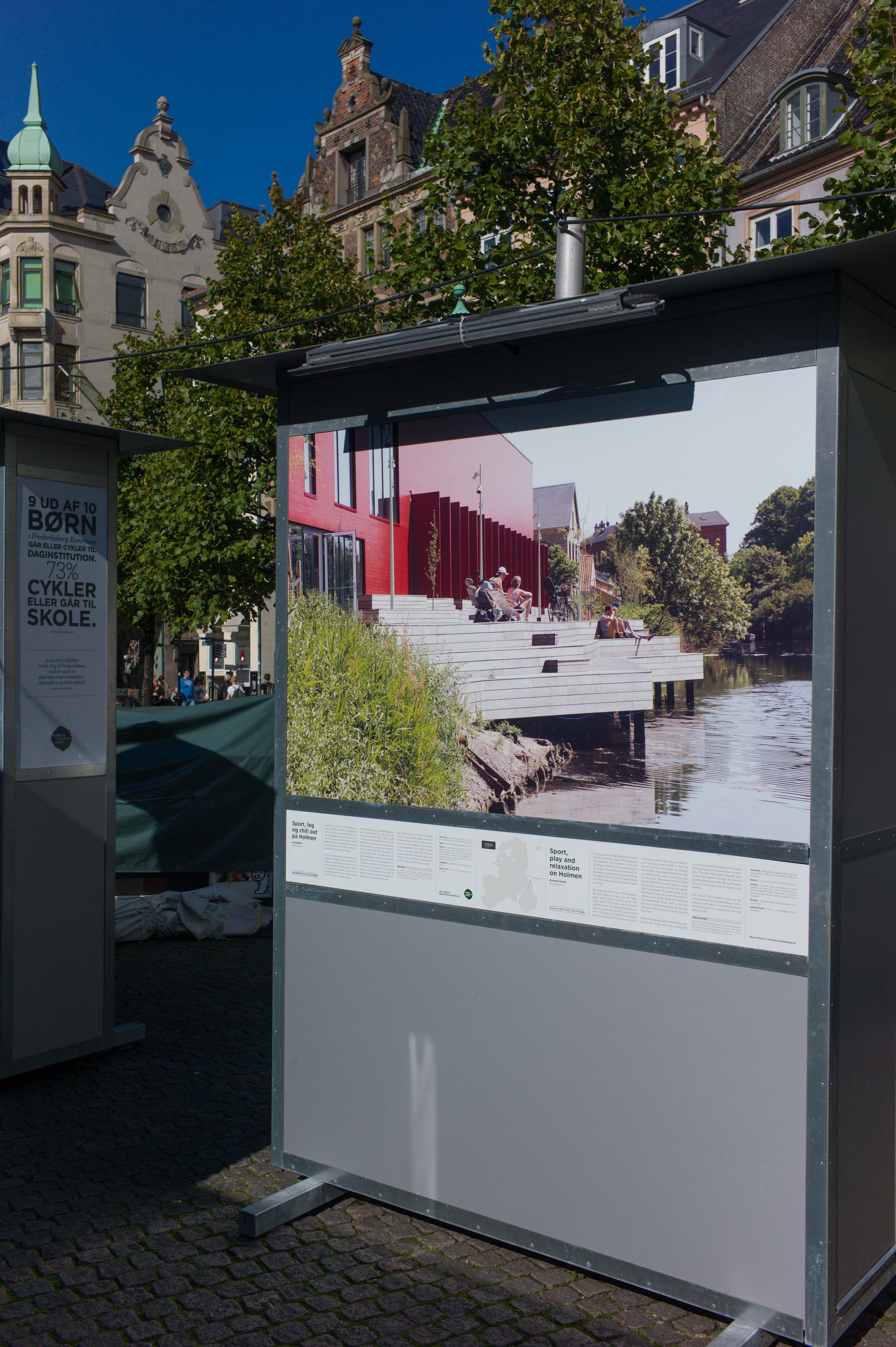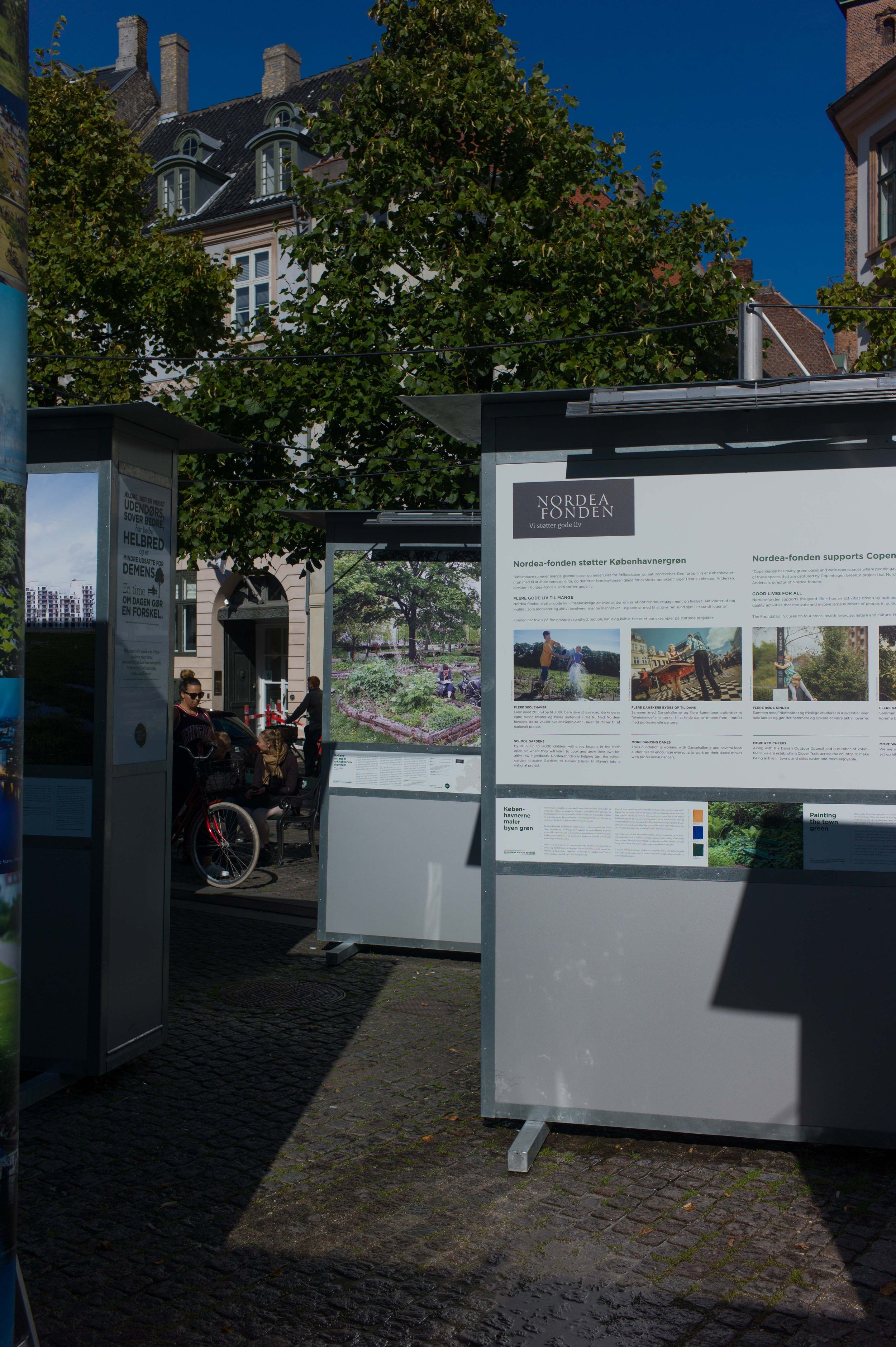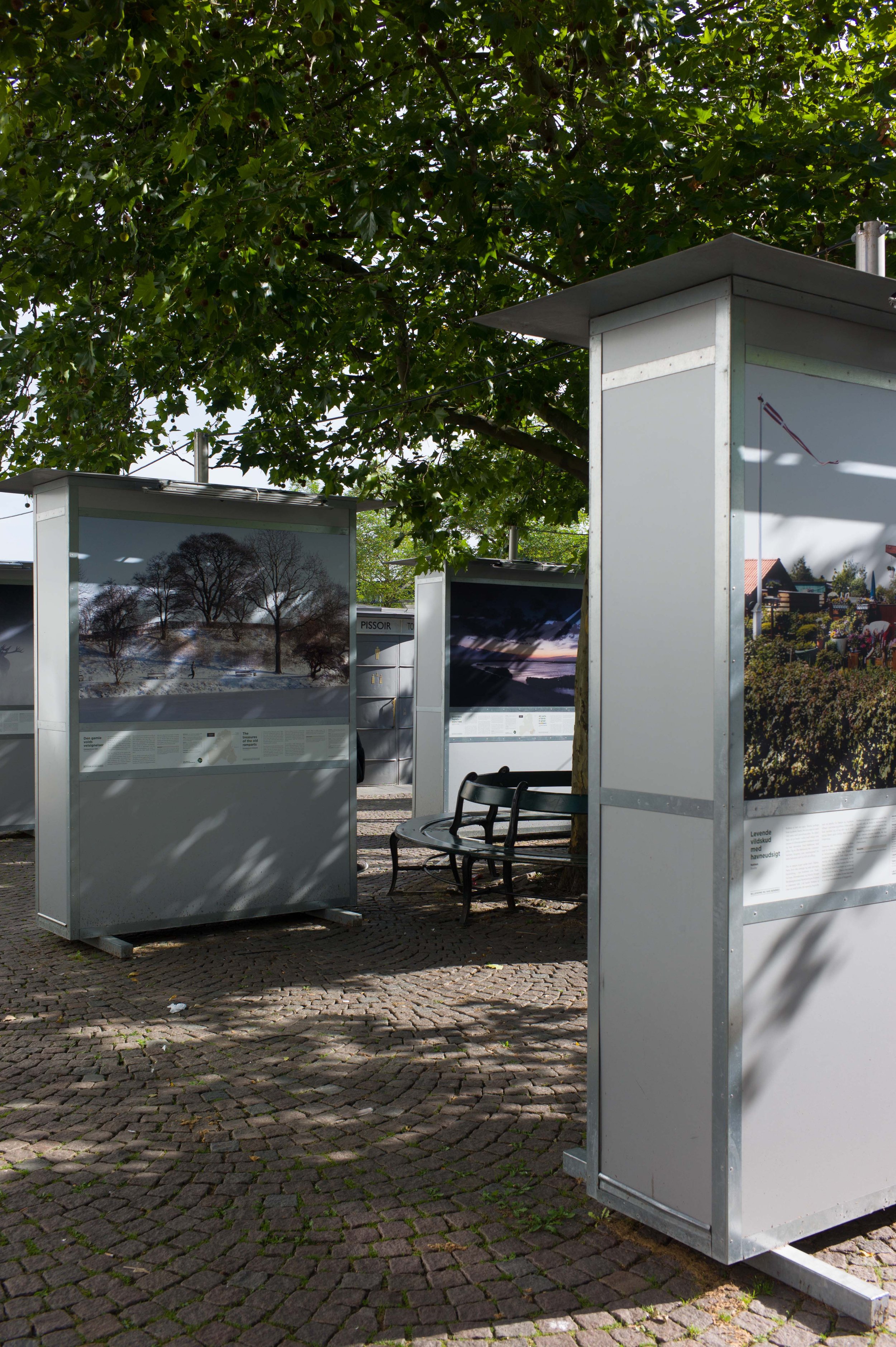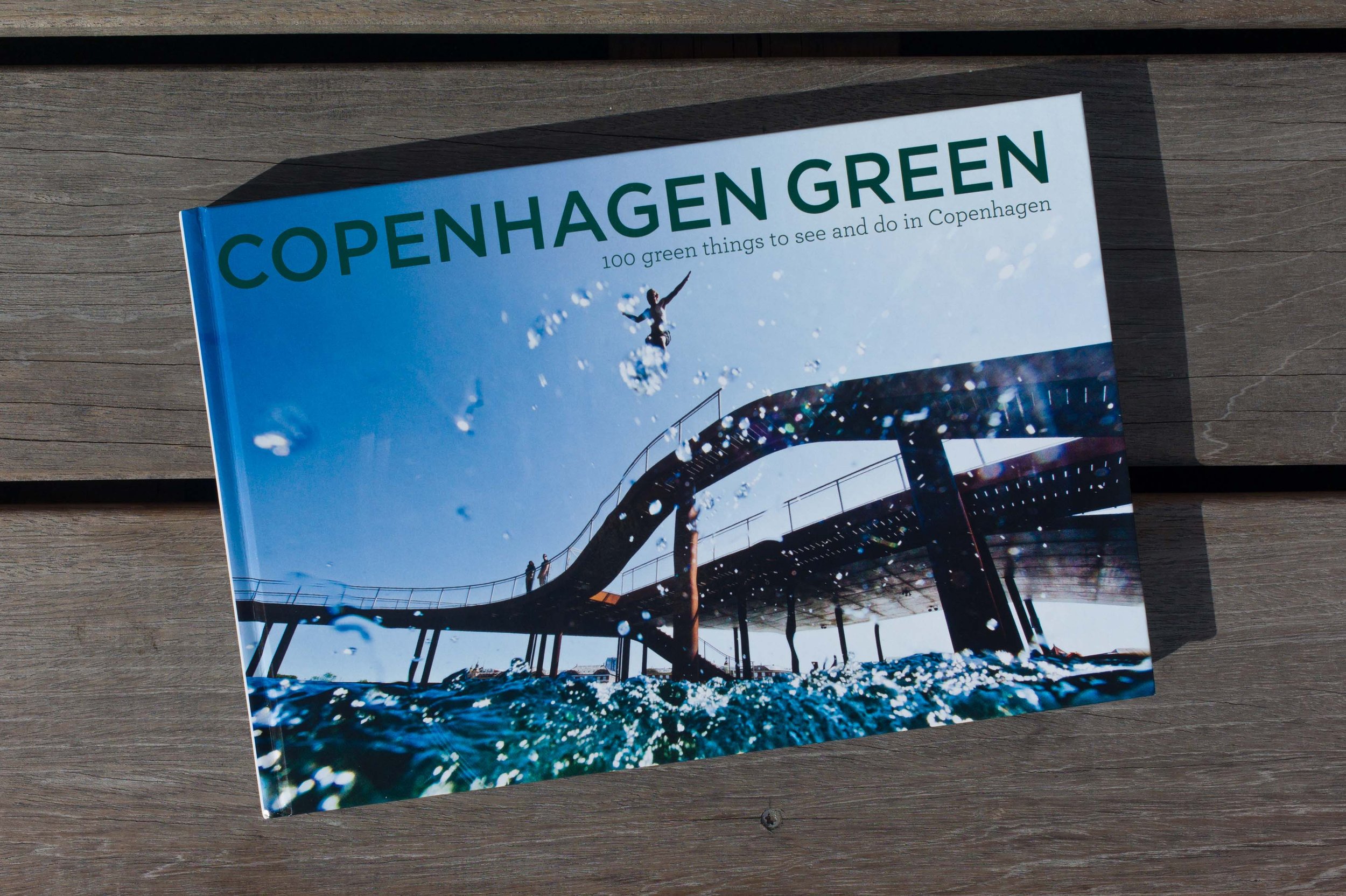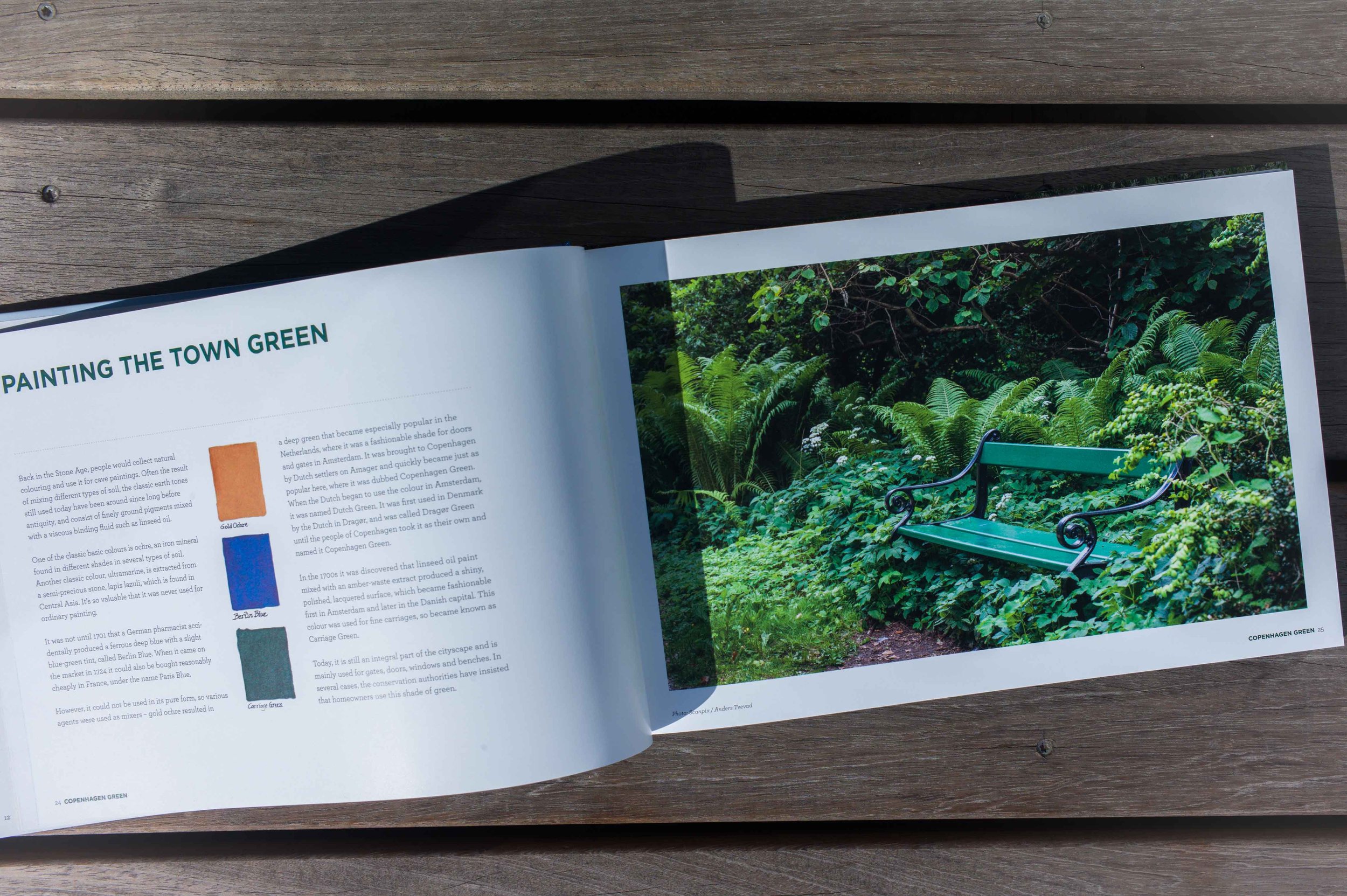guide books to the architecture of Copenhagen
/The best pocket guide to the architecture of the city, though admittedly for a large pocket, is the Copenhagen Architecture Guide by Olaf Lind and Annemarie Lund that was published by The Danish Architectural Press. The first edition came out in 1996 but a revised edition was published in 2005. This is still available from book shops and covers the major historic and modern buildings in the city and some major buildings or developments in the outer area going out as far as Taastrup to the west and Kokkedal to the north.
There is an introduction with a general history of the city and then the inner area is divided into nine sections on a strict grid with a key map with the buildings numbered at the start of each section. This is rational but not always easy when walking around particularly in the densely-packed inner area so, for instance, the central station and the buildings around the lower lakes are in one section and the buildings around the upper lakes in an adjoining section and on a different map. This is really a minor quibble given just how much information is packed into this volume.
The Danish Architecture Centre has produced a series of slim (if tall-for-most-pockets) guides to the most recent buildings. These were published in 2007/2008, in 2009 and the most recent in May 2013.
The first follows the structure of the overall city guide with 81 buildings or developments divided into ten areas of the city and each section starting with a map.
In 2009/2010 the revised edition changes the arrangement with 107 recent buildings or developments marked on a single fold-out key map at the back and with buildings grouped into seven subject sections - each with a short introduction by an appropriate professional. These sections are culture and leisure; urban spaces; homes; public buildings; office buildings; service developments (so including metro stations, bridges and cycle routes) and finally “helhedplaner” or masterplans … 17 distinct areas in the city where major work was in hand or proposed. I think that this edition was only published in Danish
The latest version from 2013 follows that new format with the same section headings but expanded to 137 buildings or schemes and with new and slightly longer introductions by new authors and with new photographs. This is published in an English version.
Both the 2007/2008 and the 2009/2010 editions were clearly linked with the Danish Architecture Centre on-line index on their web site which is a very useful starting point for information about the architect, engineers, client and in many cases the cost of projects and all under the title Copenhagen X. This data base is still being maintained and updated and still works if you tag a number of sites that you want to visit and then produce a customised guide book as a pdf file with maps, some images and basic but useful information so normally address, architect, engineer, floor area and so on. Downloaded to a tablet computer, this is a practical way to look at a group of specific buildings and usefully they can be put in the order that is most appropriate for the route you plan to take.

